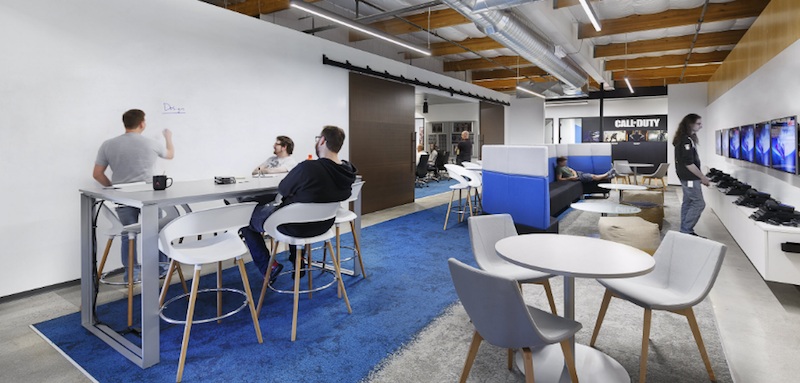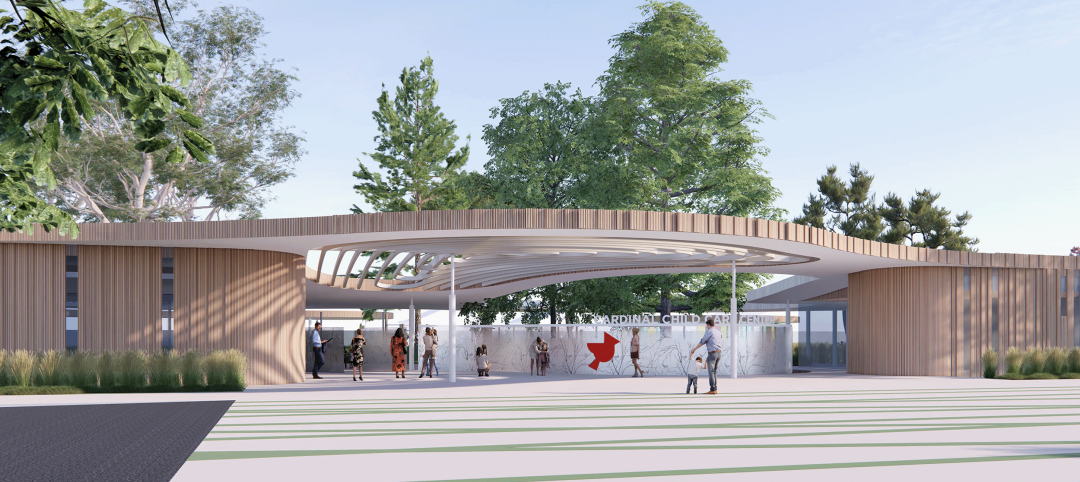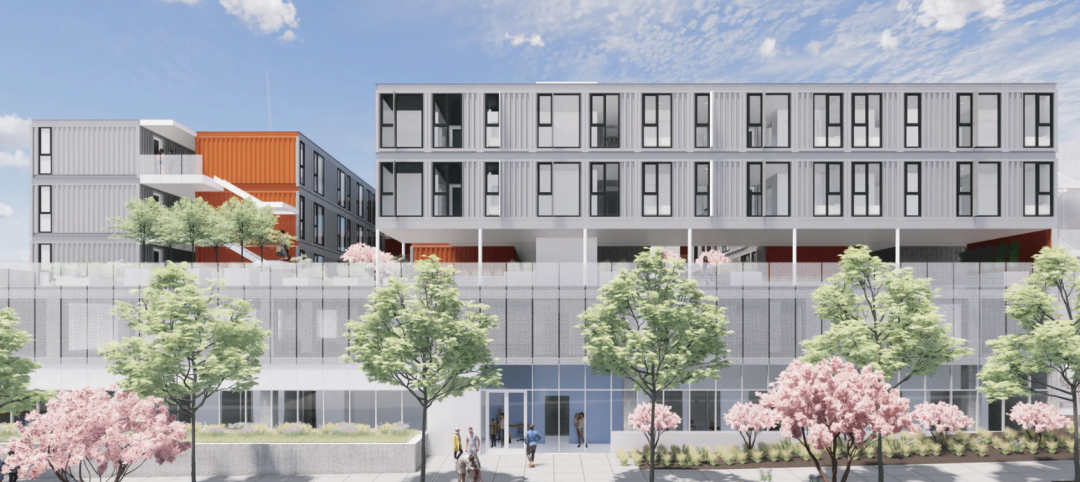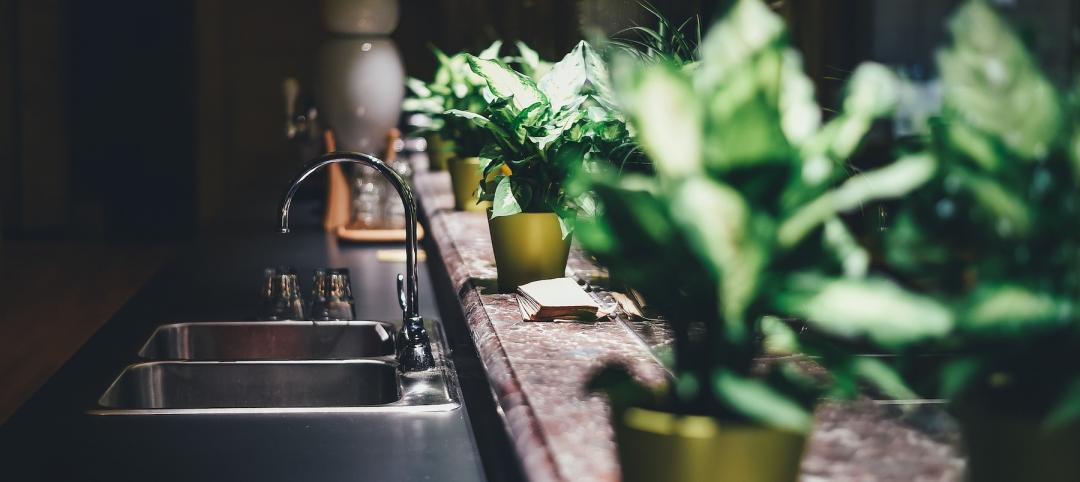Whether for a team of 20 or 200, if today’s professionals are not currently working in an open office environment, a change is likely on the horizon. Far from a fleeting fad, the open office layout is increasingly being adopted in the workplace and isn’t going away anytime soon. While there are immense benefits to this transparent, collaborative layout, executives and designers are fielding no shortage of concerns from staff. With Corporate America on fire about this issue, it begs the question—Do open offices work?
In stark contrast to the high-walled cubicles and closed, private offices of the past, the open office environment became popularized over the last decade. It serves as a strategic move to optimize office real estate and increase collaboration and innovation. By bringing teams closer together, creating more coworking space and diverse workstyle settings, the concept lends to a more efficient floor plan. With the changing expectations of young professionals, an open layout helps companies maintain a competitive advantage to attract and retain a wide range of employee demographics.
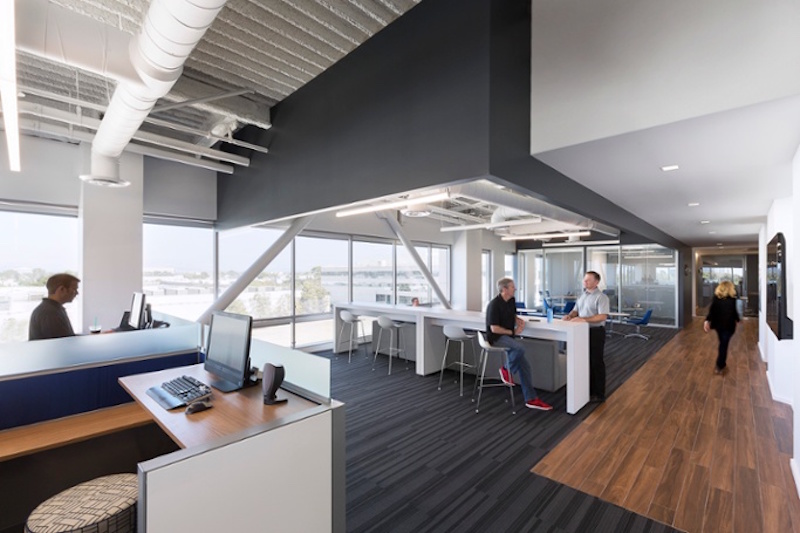
Critics of this planning concept find it difficult to stay focused—citing a lack of visual and auditory privacy, resulting in heightened distractions and uninvited interruptions. With the potential for a decrease in productivity, it’s paramount for executives and their designers to consider ways to create balance in an open office. An effective commercial design will:
Mix It Up
Provide distinct spaces for both heads-down work and collaborative team areas. The placement of the open collaborative spaces need to be well thought-out, away from dedicated workstations, and offset by ample space for quiet, concentrated tasks. Give professionals more conference space, quiet rooms and phone booths—a variety of spaces that balance the open office environment.
Create Zones
Create zones and neighborhoods that have their own personality and purpose. Break up the space using accent paint, branding, partitions and furniture that give people a sense of place. Glass partitions are a great way to create zones, while keeping things transparent, but the material must be used wisely. Be mindful not to create a fishbowl effect, where users feel watched or distracted by neighboring teams. Adding translucent film is a simple yet cost-effective way of creating a sense of visual privacy in these highly transparent spaces.
Optimize Workspace
Designing the appropriate dedicated workspace for the individual work process is key. Rather than the frequently specified open benching style desks, we have been testing the use of adjustable height desks with 12- to 24-inch-high tackable acoustical privacy screens to help define workspaces. This flexible design gives staff the ability to customize their workspace based on their work process, create visual and acoustical privacy between neighboring desks and departments when needed, while still having access to daylight and views.
Consider Acoustics
The issue of proper acoustics in a workplace environment is something that needs to be addressed head on. Rather than an afterthought, acoustics must be part of the initial design concept. By balancing hard and soft surfaces, and strategically placing materials to absorb or deflect sound, professionals will be less distracted by far-reaching conversations. Open collaboration spaces need to be protected from primary work areas, to minimize disruption. Encouraging the use of private meeting rooms for discussions of three or more people also helps on a cultural level by building a level of respect for coworker’s privacy.

As technology and innovation drives people to be more mobile, it’s becoming easier than ever for teams to get away from their desks to collaborate and spur creativity. By considering these design concepts that introduce balance to an open office environment, employees can be both inspired by an open and visually stimulating, collaborative workplace, while maintaining their productivity and sanity.
More from Author
LPA | Aug 26, 2024
Windows in K-12 classrooms provide opportunities, not distractions
On a knee-jerk level, a window seems like a built-in distraction, guaranteed to promote wandering minds in any classroom or workspace. Yet, a steady stream of studies has found the opposite to be true.
LPA | May 13, 2024
S.M.A.R.T. campus combines 3 schools on one site
From the start of the design process for Santa Clara Unified School District’s new preK-12 campus, discussions moved beyond brick-and-mortar to focus on envisioning the future of education in Silicon Valley.
LPA | Mar 28, 2024
Workplace campus design philosophy: People are the new amenity
Nick Arambarri, AIA, LEED AP BD+C, NCARB, Director of Commercial, LPA, underscores the value of providing rich, human-focused environments for the return-to-office workforce.
LPA | Feb 8, 2024
LPA President Dan Heinfeld announced retirement
LPA Design Studios announced the upcoming retirement of longtime president Dan Heinfeld, who led the firm’s growth from a small, commercial development-focused architecture studio into a nation-leading integrated design practice setting new standards for performance and design excellence.
LPA | Mar 2, 2023
The next steps for a sustainable, decarbonized future
For building owners and developers, the push to net zero energy and carbon neutrality is no longer an academic discussion.
LPA | Dec 20, 2022
Designing an inspiring, net zero early childhood learning center
LPA's design for a new learning center in San Bernardino provides a model for a facility that prepares children for learning and supports the community.
LPA | Aug 22, 2022
Less bad is no longer good enough
As we enter the next phase of our fight against climate change, I am cautiously optimistic about our sustainable future and the design industry’s ability to affect what the American Institute of Architects (AIA) calls the biggest challenge of our generation.
LPA | Aug 9, 2022
Designing healthy learning environments
Studies confirm healthy environments can improve learning outcomes and student success.
LPA | Jul 6, 2022
The power of contextual housing development
Creating urban villages and vibrant communities starts with a better understanding of place, writes LPA's Matthew Porreca.
LPA | Mar 21, 2022
Finding the ROI for biophilic design
It takes more than big windows and a few plants to create an effective biophilic design.

